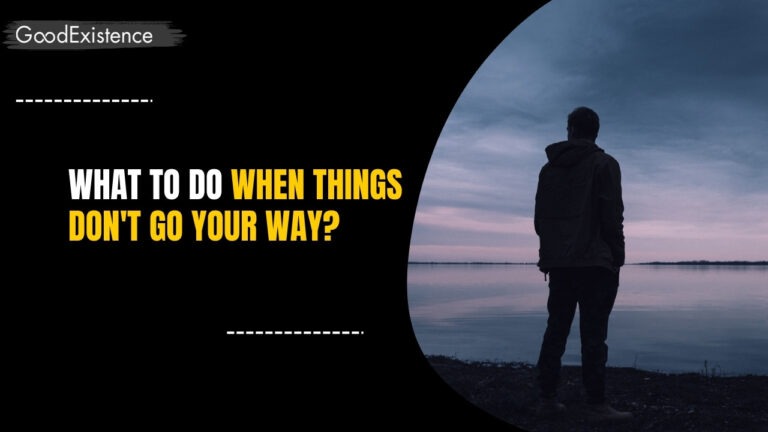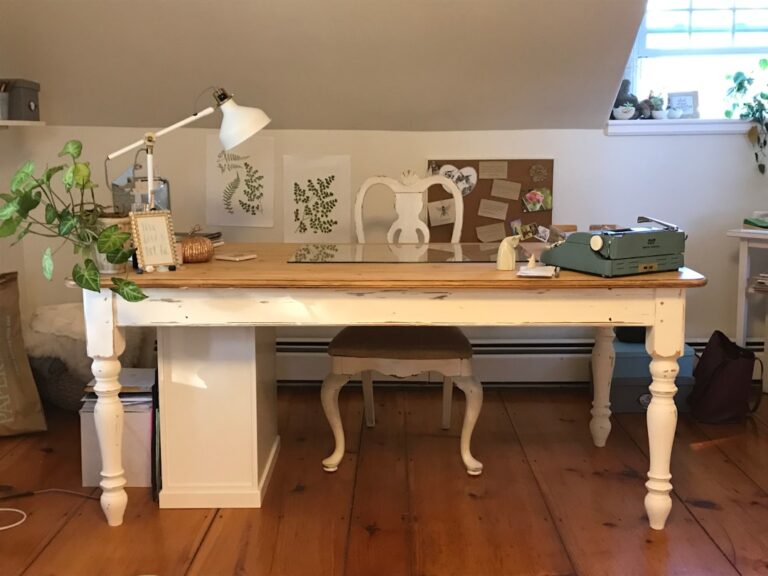
Ever feel like your well of ideas has run dry, leaving you staring blankly at a screen or a challenge?
I get it. We all hit those moments where our minds feel more like a dusty attic than a vibrant workshop. For years, I struggled with finding clarity and fresh perspectives. Whether it was creative blocks, the lure of gaming, or the sluggishness from unhealthy habits, my brain often felt foggy. But what I’ve learned on my journey, especially after shedding over 110 pounds and building a healthier life, is that creativity isn't a mystical gift only for a select few. It’s a muscle we can all strengthen. It’s about making small, intentional shifts in how we live and think.
I discovered that by changing my environment, challenging my routine, and leaning into simple practices, new ideas started to flow. Just like I learned to break cycles of binge eating and laziness by focusing on one small win at a time, I found that enhancing creative thinking works the same way. It’s not about grand gestures; it’s about consistent, gentle nudges.
Here are 20 simple ways I've found to enhance creative thinking, and I hope they help you too.
Shift Your Environment and Routine
Sometimes, the fastest way to a fresh idea is a change of scenery. Our brains love novelty.
- Change your scenery. Work from a different room, a park, or even a different coffee shop. A new view can spark new thoughts.
- Embrace quiet time. Turn off notifications. Step away from the constant noise. I used to escape into gaming for hours, but now I seek genuine quiet. This space lets ideas breathe and connect.
- Take a walk. Movement and fresh air often clear the mind. It’s amazing how many solutions appear when you’re not actively trying to find them.
- Set a playful time limit. Give yourself just 15 minutes to brainstorm wildly, no bad ideas allowed. This low-pressure approach often yields surprising results. I use this tactic in my short bursts of deep work.
- Break your routine. Take a different route to work, try a new recipe, or listen to a different genre of music. Small disruptions can open up new neural pathways.
Challenge Your Perspective
Our mindset is a powerful tool. Shifting how we look at a problem can unlock entirely new solutions.
- Ask "Why not?" Instead of listing reasons something won't work, challenge yourself to find reasons it could work. This flips the script from limitations to possibilities.
- Look at it from a child's eyes. Imagine a child asking "But what if…?" They don't have preconceived notions, which often leads to delightfully simple and imaginative solutions.
- Pretend you're solving someone else's problem. When we distance ourselves, we often see things more clearly. Offer advice to a hypothetical friend facing your exact challenge.
- Learn something new. Pick up a book on a completely unrelated topic, watch a documentary, or try a new skill. New knowledge gives your brain new ingredients to mix.
- Connect unrelated ideas. Take two random objects or concepts and try to find a link between them. This forces your brain to make unusual associations, which is the heart of creative problem-solving.
Fuel Your Mind and Body
Your physical state directly impacts your mental clarity and creative output. I learned this firsthand by overcoming old habits.
- Get enough rest. Sleep is where your brain processes information and consolidates ideas. Skimping on it is like trying to run a race on empty.
- Eat nourishing food. When I was deep in binge eating, my mind felt sluggish. Now, a balanced diet keeps my brain sharp and focused. What you put into your body directly fuels your thoughts.
- Stay hydrated. Dehydration can cause mental fog. Keep water handy and sip throughout the day. It’s a simple change with big benefits.
- Move your body. Regular physical activity boosts blood flow to the brain, enhancing cognitive function and mood. My journey of losing 110 pounds showed me the profound link between physical and mental well-being.
- Limit digital distractions. Constant pings and endless scrolling fragment our attention. Creating boundaries with my devices was key to overcoming gaming addiction and reclaiming my focus. Give your brain space to wander.
Embrace Process and Purpose
Creativity isn't always a lightning bolt; often, it’s a process of patience, self-compassion, and deeper connection.
- Don't fear bad ideas. The first few ideas are rarely the best. Allow yourself to brainstorm freely, no judgment. You have to sift through the mud to find the gold.
- Celebrate small wins. Every tiny step forward, every small new idea, deserves recognition. This builds momentum and encourages you to keep going, just like it did when I was working to transform my health.
- Journal your thoughts. Writing freely in a notebook can help you untangle complex ideas, discover hidden insights, and make connections you didn't realize were there.
- Practice daily gratitude. Taking time to acknowledge blessings shifts your perspective from lack to abundance, which can open your mind to new possibilities. It's a cornerstone of my daily routine.
- Seek divine inspiration. For me, strengthening my Christian Orthodox faith brought a profound sense of purpose. I find clarity and new perspectives through prayer and reflection, trusting that creativity is a gift from God. When I feel stuck, I turn to Him, asking for wisdom and guidance, knowing He can illuminate paths I can’t see on my own.
Finding your creative flow isn't about waiting for inspiration to strike. It's about building a foundation for it, bit by bit. Just like any journey of transformation, it starts with small, consistent choices. Which one of these ideas will you try first to invite more creative thinking into your life today?





